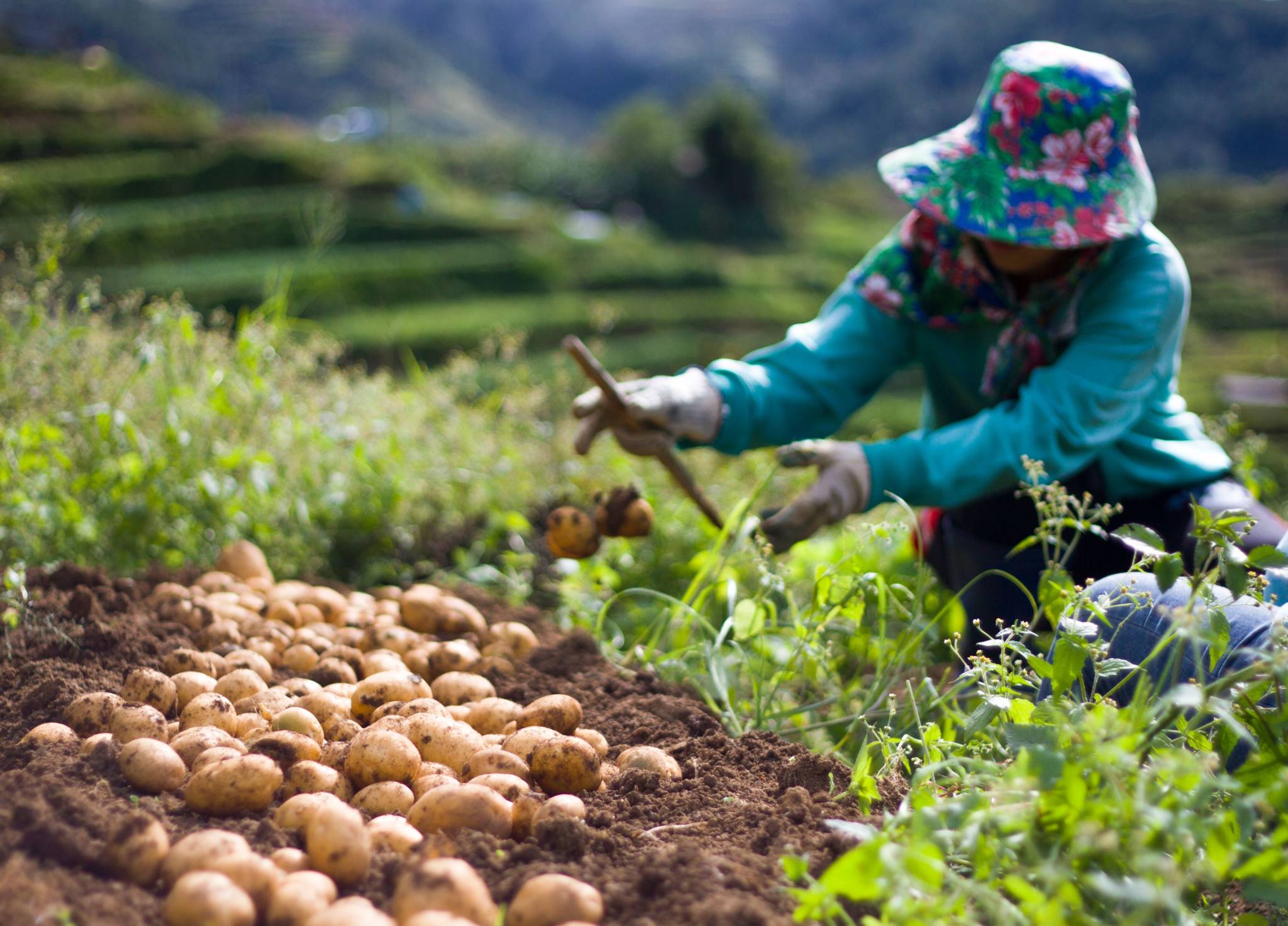We use Cookies. Read our Terms
- News
- Philippines: Fostering rural productivity in the uplands
Philippines: Fostering rural productivity in the uplands

Photo: Shutterstock
No matter the severity of the constant threats from nature, the Philippines remains wholly committed to pursuing a vibrant agriculture sector. Better land governance and increased investment in agricultural infrastructure are critical for higher productivity, job generation, and the reduction of poverty in many parts of the Philippines.
This was the statement delivered by Arsenio Balisacan, Socioeconomic Planning Secretary and Director-General of the Philippines’ National Economic and Development Authority, at the spring 2015 meetings of the World Bank.
Mr Balisacan highlighted that increasing agricultural production without providing access to urban centers where produce can be transported to markets, can be counterproductive for farmers. “Connectivity is the key to getting the rural communities to participate in the growth process,” he stated.
According to the World Bank, agriculture accounted for 11 percent of the Philippines’ GDP in 2014. However, a large part of the sector operates at subsistence levels and is vulnerable to yearly weather changes. The country, which is the world’s largest archipelago, is prone to natural disasters and frequently battered by tropical storms. One of the most recent, Typhoon Haiyan in November 2013, was recorded as the deadliest of modern times.
Approximately six out of ten people in rural areas depend on agriculture for their livelihood. Of the country’s 93 million population, more than 30 percent is rural.
The International Fund for Agricultural Development (IFAD) details the complexities of poverty and agriculture in the country, an archipelago consisting of 7,107 islands, with widely varying degrees of rural poverty. “Among the causes of rural poverty are a decline in the productivity and profitability of farming, smaller farm sizes and unsustainable practices that have led to deforestation and depleted fishing waters,” An additional constraint is that poor people have little access to productive assets and business opportunities, microfinancing services or affordable credit.
The challenges are immense and the government’s prolonged land reform program has created uncertainty in rural markets. According to Balisacan, the Philippines probably has the world’s longest land reform program—40 years. It is still an unfinished business.
Rice, maize and cassava are the main subsistence crops, while coconuts, sugar cane, bananas and pineapples are grown for export. The sector is constrained by several factors, including inadequate infrastructure and irrigation systems, as well as inferior distribution facilities.
A positive mindset
The government remains upbeat, however, and is pursuing a policy to boost productivity, global competitiveness and food security, while alleviating poverty and empowering the rural poor. Within this framework, irrigation and farm-tomarket roads have the highest priority.
Jointly with IFAD, the Asian Development Bank, the government of the Philippines and local authorities, OFID has co-financed a project in the Cordillera Highlands, a northern region marked by severe poverty. Targeting poverty reduction and livelihood improvements among indigenous communities, the project concentrated on the Abra, Apayao, Benguet, Ifugao, Kalinga and Mountain provinces. Altogether it benefited over 190,000 people.
The project set out to increase farm income through sustainable agricultural development and to enhance living standards through improved land tenure and food security, in addition to watershed conservation.
To reach its goals, the project pursued social mobilization and land titling for the ancestral domains of the indigenous people. The project achieved the support of the community to preserve watersheds, to implement a wide reforestation plan and to promote agroforestry through farmers’ field schools.
Other components of the project were the promotion of agribusiness and marketing, microfinancing, income-generating activities and small rural enterprise development. It also included the rehabilitation of roads and irrigation schemes, as well as the construction of community facilities such as day-care centers, clinics and schools.
OFID’s Iman Alshammari, who is responsible for public sector operations in the Philippines, shared her thoughts about the project: “Before I started working for OFID, hard work to me meant sitting in front of a screen for a few hours, reading and writing in the comfort of my well-lit office. For these farmers, hard work means rising with the sun and pushing to the limits of their physical strength.”
She continued: “Through this project, we have helped many people fulfil their dream of sending their children to school or building a roof so that they can sell their produce when it’s raining. It is always gratifying to see that our efforts big or small are paying off.”
It will be a long time before the Philippines achieves full agricultural development. Every step taken, however, is a step toward reducing poverty and securing a better quality of life for its people.